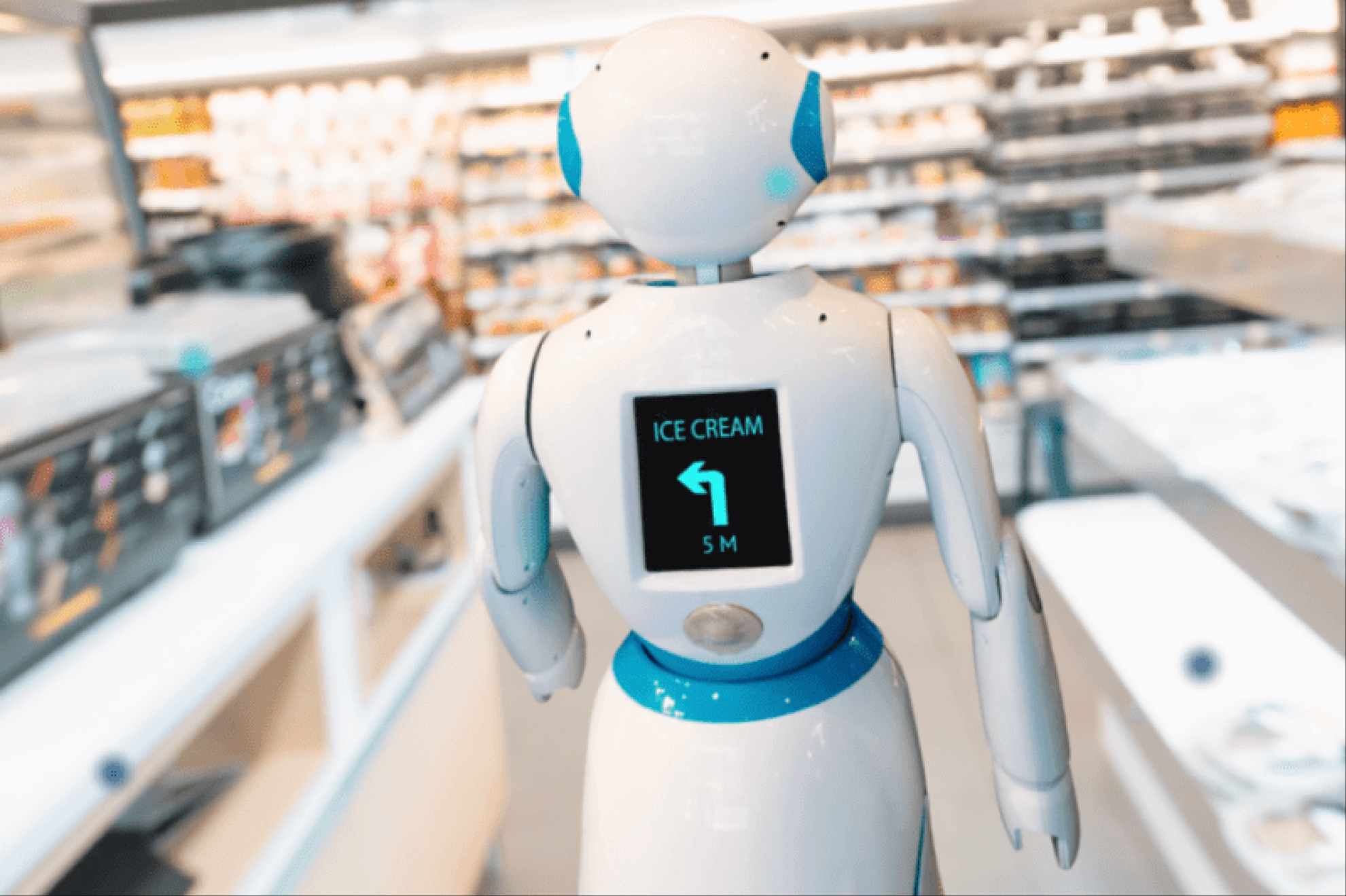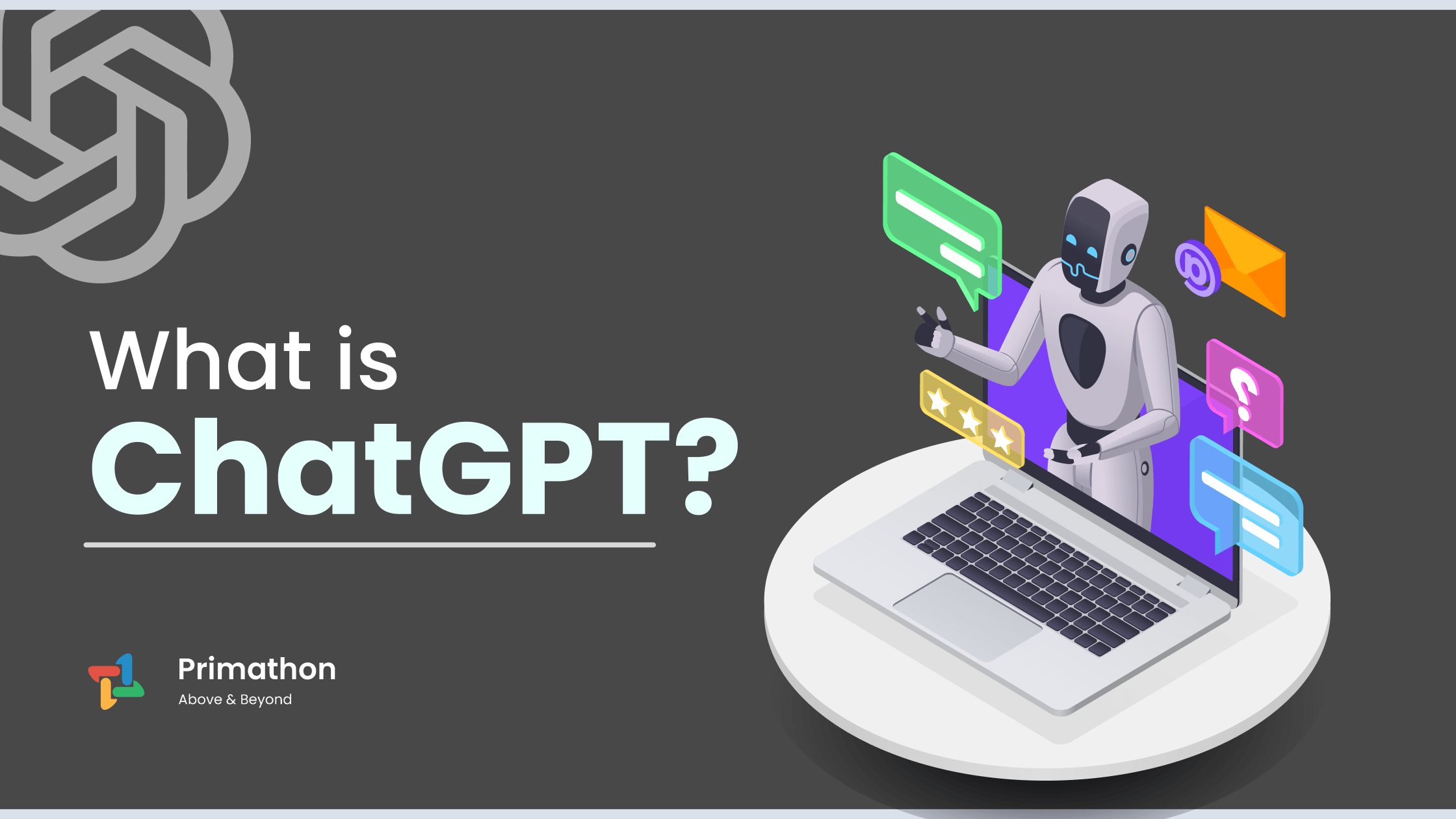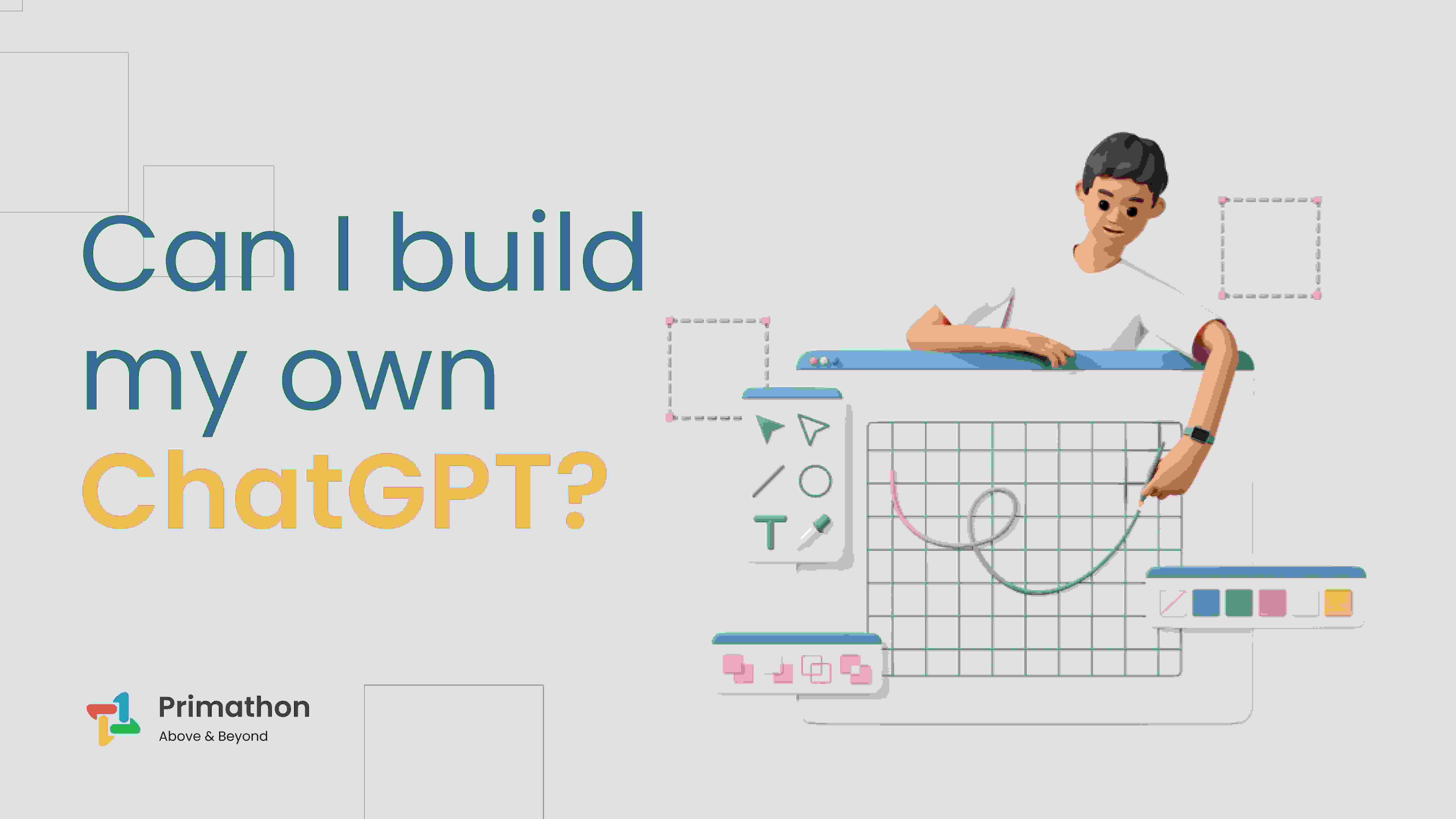
AI Conversational Bots in Retail: Leading the Change in Customer Service Automation
In the competitive world of retail, AI Conversational Bots in Retail are not just enhancing customer service; they’re redefining it. As the first point of contact, these AI-powered assistants are streamlining interactions and personalizing the shopping experience. The integration of AI Conversational Bots in Retail is pivotal, Gartner predicts that by 2022, 70% of white-collar workers will interact regularly with conversational platforms. Furthermore, with the global conversational AI market projected to reach nearly $14 billion by 2025, growing at a CAGR of 22% from 2020 to 2025, the impact of AI bots is undeniable.
This integration of AI conversational bots is reshaping the retail landscape, offering seamless, personalized shopping experiences that drive sales and foster loyalty. Retailers leveraging this technology are witnessing faster complaint resolutions and a significant increase in call volume processing, with over 80% reporting enhanced customer service capabilities. As we delve into the applications, impacts, and future of AI conversational bots in retail, we uncover the transformative power of AI in creating a more dynamic, responsive, and customer-centric retail environment.
Top 10 Real World Applications of AI Chatbots in Retail
AI conversational bots in retail are at the forefront of customer service automation, transforming traditional interactions into dynamic, responsive engagements. Here are 10 real-world examples where these bots are enhancing shopping experience with AI:
1. 24/7 Customer Support:
AI chatbots provide round-the-clock assistance, answering queries and resolving issues, ensuring that customer service is never out of reach. H&M uses AI chatbots to provide instant responses to customer inquiries, ensuring that help is always available, day or night.
2. Personalized Shopping Guides:
By analyzing customer data, AI bots offer personalized product recommendations, elevating the shopping experience to new levels of customization. Sephora’s chatbot acts as a personal shopper, offering beauty product recommendations tailored to individual customer preferences.
3. Streamlined Checkout Process:
Chatbots for sales can facilitate a smoother checkout experience by guiding customers through payment processes and addressing any hiccups along the way. Domino’s employs a chatbot that simplifies the ordering process, making pizza purchases quick and easy for customers.
4. Inventory Management:
AI in retail extends to inventory queries, where bots can check stock levels and provide restock alerts, both to customers and store managers. Staples integrates AI to inform customers about product availability and assist with restocking alerts via their chatbot on various platforms.
5. Feedback Collection:
Conversational bots efficiently gather customer feedback, providing valuable insights into consumer preferences and behavior. Starbucks uses its chatbot to gather customer feedback, providing insights into consumer preferences and enhancing shopping experience with AI.
6. In-Store Navigation Assistance:
For brick-and-mortar stores, AI bots help customers navigate the aisles, find products, and discover promotions, all through their mobile devices. Walmart’s Store Assistant helps customers find products in-store, improving the shopping journey through AI technology.
7. Post-Purchase Support:
After a sale, chatbots can offer support with setup guides, usage tips, and troubleshooting, enhancing post-purchase customer satisfaction. Best Buy’s chatbot offers troubleshooting and support for electronics, ensuring customer satisfaction after the sale.
8. Loyalty Program Engagement:
Retail technology trends include using AI bots to manage loyalty programs, encouraging repeat business by notifying customers of rewards and benefits. Sephora’s Beauty Insider chatbot manages loyalty points and rewards, encouraging repeat business and enhancing shopping experience with AI.
9. Language Translation Services:
To cater to a global audience, AI chatbots can converse in multiple languages, breaking down communication barriers and expanding market reach. Amtrak’s chatbot provides multilingual support, assisting customers in their preferred language and broadening the company’s reach.
10. Market Research:
By engaging in natural conversations, AI bots collect data on market trends and consumer needs, informing future business strategies. Nordstrom’s chatbot collects data on customer preferences, informing the company’s retail technology trends and future strategies.
These examples highlight how AI conversational bots in retail are not just enhancing customer service but are pivotal in shaping the future of retail technology trends, customer service automation, and chatbots for sales.

Impact of AI Bots on Sales and Customer Satisfaction
The integration of AI conversational bots in retail has had a profound impact on both sales and customer satisfaction. These bots, a cornerstone of customer service automation, are not just a passing trend but a significant force driving retail technology trends.
1. Boosting Sales through Personalized Interactions
One of the most notable effects of AI bots is their ability to personalize interactions at scale. By leveraging customer data, these bots can make product recommendations, offer discounts, and upsell or cross-sell, directly contributing to increased sales. For instance, chatbots for sales have been instrumental in online retail environments, where they can guide customers through the entire sales funnel, from awareness to purchase, without human intervention.
2. Enhancing Customer Satisfaction with Immediate Responses
Customer satisfaction hinges on the quality and immediacy of support. AI bots excel in providing instant responses to customer inquiries, which is crucial in today’s fast-paced retail environment. By addressing concerns and answering questions in real-time, these bots enhance the shopping experience with AI, leading to higher satisfaction rates. Moreover, the ability to handle multiple customers simultaneously ensures that no customer is left waiting, further improving satisfaction levels.
3. AI in Retail: A Data-Driven Approach to Customer Service
AI bots also gather valuable data with every interaction, which can be analyzed to improve service and tailor future interactions. This data-driven approach helps retailers understand customer needs better, refine their marketing strategies, and stay ahead of retail technology trends.
4. Boosting Sales through Intelligent Product Recommendations
AI bots excel in analyzing customer data to provide intelligent product recommendations. This personalized approach not only enhances the shopping experience but also increases the likelihood of sales. For example, Amazon’s AI algorithms suggest items based on browsing history, leading to a higher conversion rate.
5. Enhancing Customer Engagement with Real-Time AI Support
Real-time support from AI bots ensures that customer queries are addressed immediately, fostering a sense of trust and reliability. Zara, for instance, uses chatbots to respond to customer inquiries instantly, which keeps customers engaged and likely to return.
6. Measuring Satisfaction: The AI Difference
AI bots provide a new dimension to measuring customer satisfaction. They can analyze feedback and interaction patterns to gauge customer sentiment, offering insights that can be used to further refine the customer experience. Apple uses such data to improve its customer service strategies continuously.
By automating routine tasks, providing personalized interactions, and offering valuable insights into customer behavior, AI conversational bots in retail are enhancing both sales and customer satisfaction, marking a new era in AI in retail.
Success Stories: AI Bots and Happy Customers
The implementation of AI conversational bots in retail has led to numerous success stories, showcasing the power of customer service automation and its impact on customer satisfaction. Here are three detailed examples:
- Sephora’s Virtual Artist: Sephora’s chatbot uses augmented reality to allow customers to try on makeup virtually. This innovative approach has not only increased engagement but also boosted sales, as customers can experiment with different looks before making a purchase decision.
- Staples’ IBM Watson Integration: Staples integrated IBM Watson’s AI to enhance their customer service. The chatbot allows customers to place orders and receive product recommendations, streamlining the shopping process and improving user experience. This integration has led to a more efficient ordering process and increased customer satisfaction.
- H&M’s Online Customer Service: H&M’s AI chatbot provides instant support for online shoppers, handling a wide range of queries from product information to order status. This immediate assistance has improved the overall customer experience, leading to higher satisfaction and repeat business.

Integrating AI Bots into Omnichannel Retail Strategies
Integrating AI conversational bots into omnichannel strategies involves leveraging AI-driven insights to create a seamless customer experience across all channels. Here are some specific strategies elaborated:
- Personalized Marketing: AI can analyze customer data to deliver personalized marketing messages across various channels. This ensures brand consistency and relevance, which is crucial for maintaining customer loyalty and increasing sales.
- Predictive Analytics: AI algorithms can predict customer preferences and behaviors, allowing retailers to tailor product recommendations and manage inventory more effectively. This leads to a more personalized shopping experience and better stock management.
- Real-Time Decision Making: AI systems can identify the most appropriate channel for engaging different customer segments, ensuring a tailored experience across all touchpoints. This helps in making quick decisions that resonate with customers, improving their overall experience.
These strategies illustrate how AI conversational bots in retail are not just enhancing customer service but are pivotal in shaping the future of retail technology trends, customer service automation, and chatbots for sales.
Conclusion
As we’ve explored, it can be inferred that AI conversational bots in retail are not just a technological advancement; they are a paradigm shift in customer service automation. These bots have proven to be a game-changer for retail technology trends, offering unparalleled efficiency and a personalized shopping experience. By integrating chatbots for sales, retailers are seeing a marked improvement in customer engagement and satisfaction.
The journey of AI in retail is just beginning. With each passing day, AI bots are becoming more sophisticated, learning from interactions, and providing insights that are enhancing shopping experience with AI. Retailers who adopt this technology are setting themselves apart, offering a futuristic shopping experience that meets the high expectations of modern consumers. The future of retail is here, and it is conversational, automated, and AI-driven.





